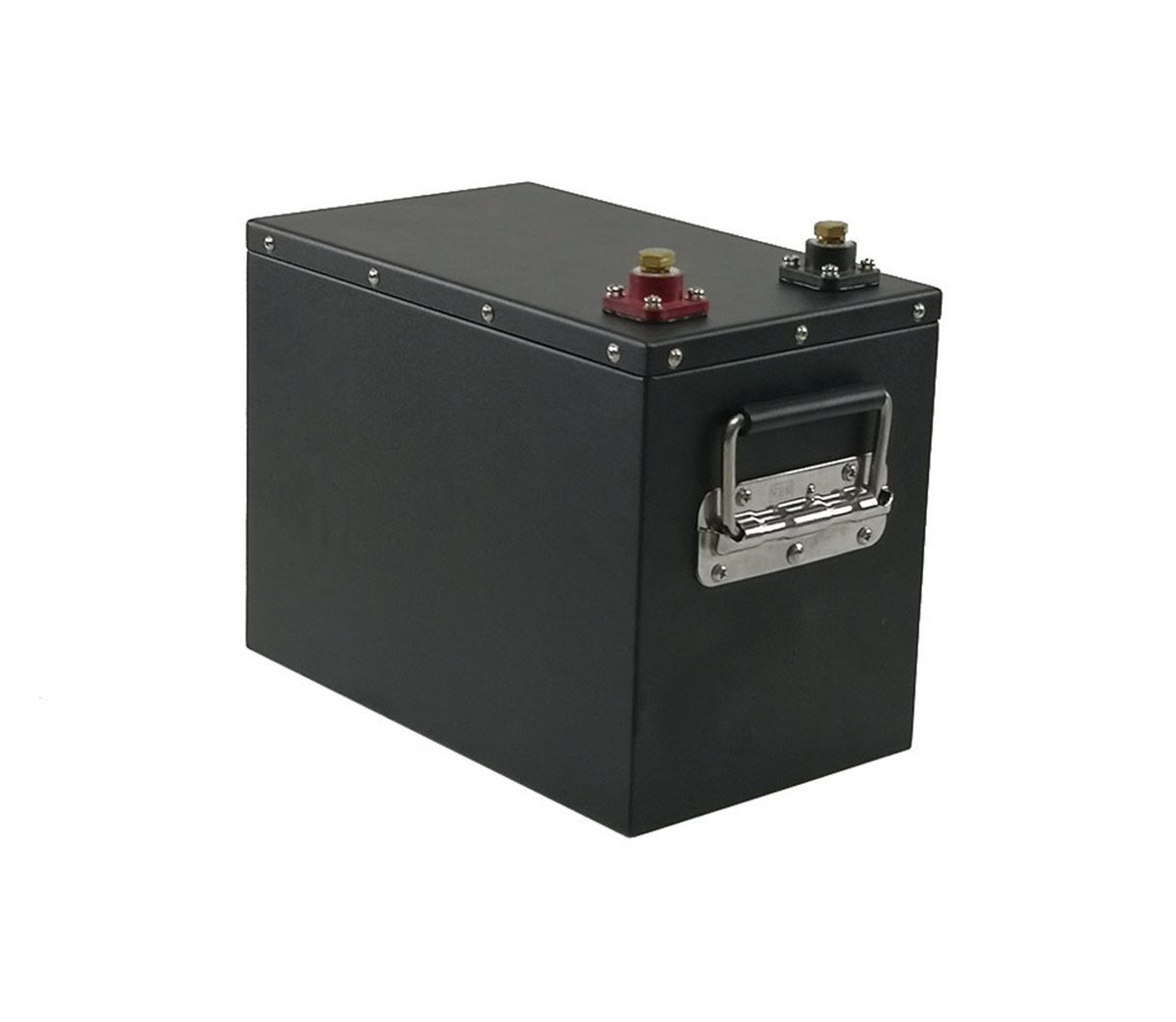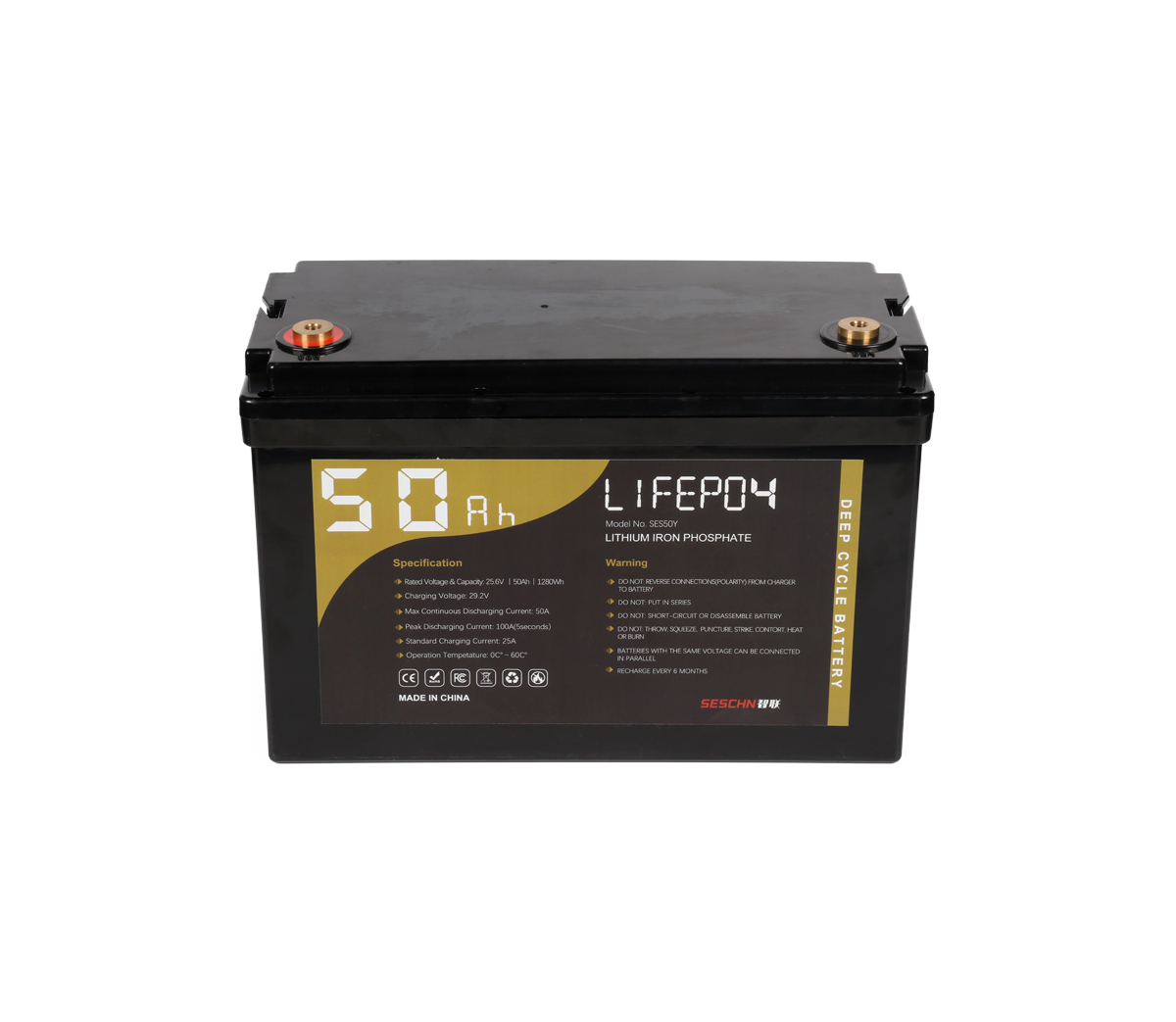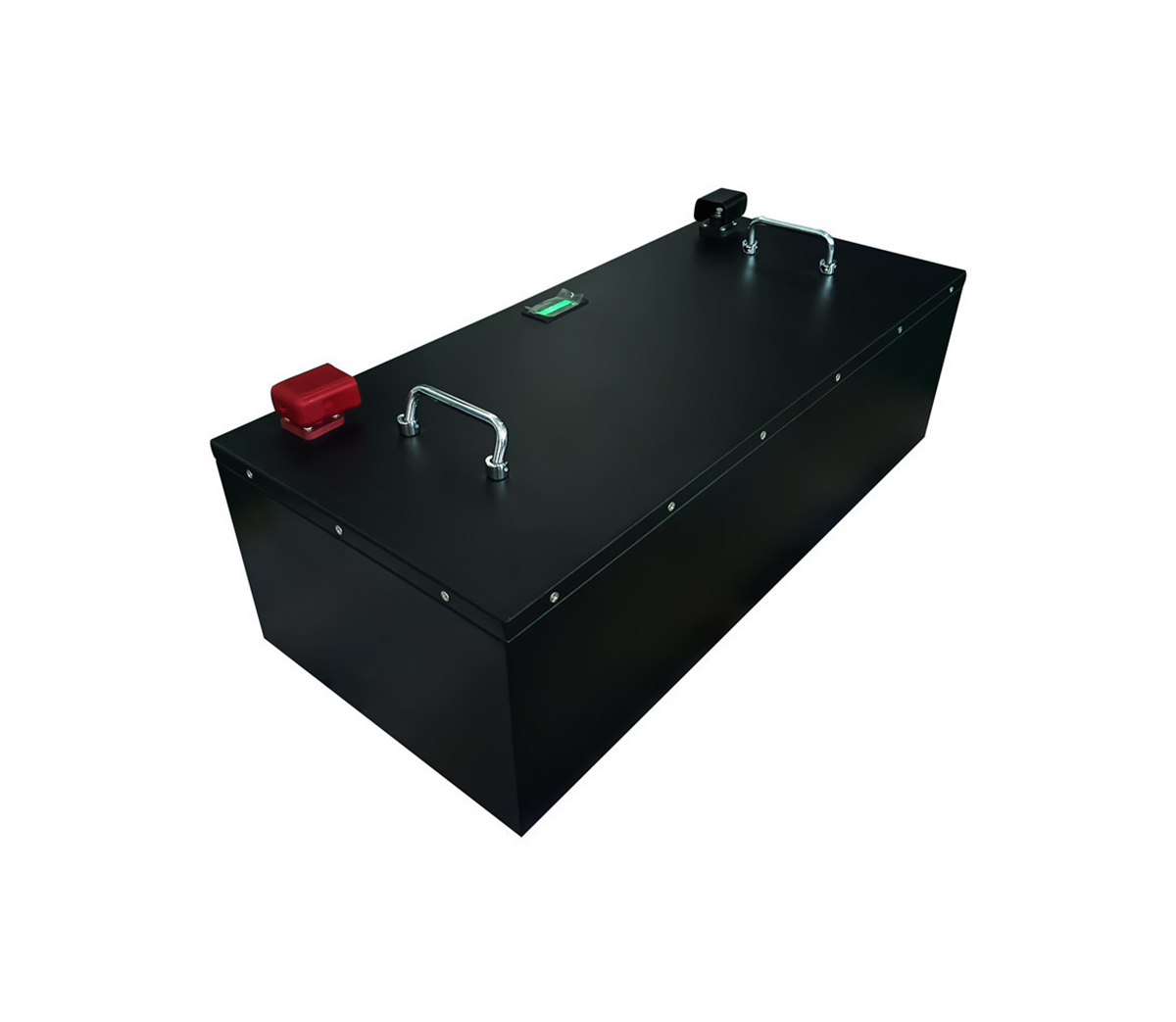The Best Li-ion Battery Matching Method and Problem Solving Guide
When lithium-ion batteries are used as power sources for electric vehicles, photovoltaic energy storage, and large-scale independent energy storage systems, due to the requirements of high power and large capacity, single lithium-ion batteries cannot meet the requirements. Used in parallel combination.
However, the inconsistency between single cells often causes the battery pack to experience problems such as rapid capacity decay and short life during cycling. The selection of batteries with the same performance as possible is of great significance for the promotion of lithium-ion batteries in various application scenarios.
SES Power possesses nearly 20 years of experience in customizing lithium-ion battery packs. Most of our lithium-ion battery products are a combination of multiple cells in series and parallel, such as 12V100Ah, 12V200Ah, 24V100Ah, 24V200Ah, 36V100Ah, 48V50Ah, 48V100Ah, etc., as well as 12V30Ah and 12V50Ah car starter batteries using high-performance lithium battery A123 (the maximum peak current can reach 1500A), of course, there are also home energy storage systems (HESS), energy storage systems (ESS) products, the highest voltage is close to 800V.
One of the roles of lithium-ion batteries is to replace lead-acid batteries, and its price is the primary constraint. It is a very good choice to take advantage of the price advantage brought by EV retired lithium batteries. However, due to the huge inconsistency of the echelon battery itself, SES Power can solve this problem with its rich experience. On the basis of guaranteed performance, our customized lithium-ion battery pack takes into account the needs of customers who are discerning enough in price.
Here's what SES Power shares with you:
A. You must have an accurate understanding of the series and parallel connection of batteries
The required working voltage can be achieved by connecting a certain number of cells in series, but the capacity will not be increased in series. The specification of cylindrical lithium iron phosphate 26650 cells is 3.2V/3500mah, and the situation after they are connected in series is shown in the figure below.

A certain number of cells can be connected in parallel to achieve the required capacity, but the voltage will not be increased in parallel. The specification of cylindrical lithium iron phosphate 26650 cells is 3.2V/3500mah, and the situation after they are connected in parallel is shown in the figure below.
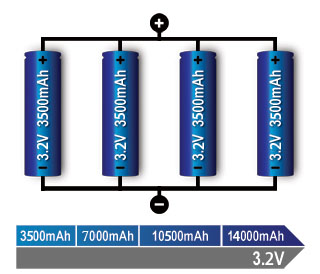
Simply put, series increases the voltage and parallel increases the capacity. In fact, most lithium-ion battery packs require high voltage and high capacity, so there are coexistence of series and parallel in the battery pack, as shown in the figure below.
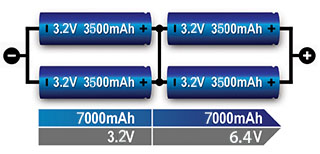
When connecting in series or parallel, the key is to use cells of the same specification with the same voltage, capacity (Ah), and curve, and do not mix different brands and sizes. Note that poor performing cells can cause unbalance, or inconsistency, which is very important in series, parallel, because the performance and life of the entire battery pack depends on the weakest of all cells.
A1: A lithium battery pack in series mode is used. When one of the cells is inconsistent and the voltage is obviously too low, the battery reaches the discharge termination point faster than the normal battery, and finally triggers the BMS or PCM in advance. protection, the battery pack turns off the output. Similarly, when one of the cells is obviously over-voltage, the battery reaches the charging termination point faster than the normal battery, and finally triggers the protection of the BMS or PCM in advance.

The result of this inconsistency is that the battery pack is prematurely closed for discharge or charging, the battery pack cannot fully release its own maximum capacity, and the user's intuitive feeling is that the battery usage time is too short.
A2: A lithium battery pack in parallel is used, and its final capacity is determined by the cell with the lowest capacity. When one of the cells is inconsistent, and the capacity is obviously too low, the battery reaches the discharge termination point faster than the normal battery, and finally triggers the protection of the BMS or PCM in advance, and the battery pack turns off the output. You may wonder what happens when one of the cells has an excessively high capacity. In fact, the capacity of a single cell is too high and will not increase the total capacity, that is, a cell with an excessively high capacity cannot be fully discharged.
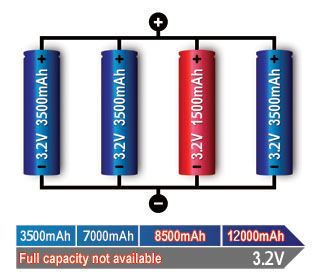
The result of this inconsistency is that the battery pack is prematurely shut down, discharged or charged. Because the cell with the least capacity is like the shortest board of a wooden barrel, the battery pack cannot fully release its own maximum capacity. The user's intuitive feeling Also the battery life is too short.
A3: Lithium-ion battery packs in series and parallel modes will exist at the same time as described by A1 and A2. In short, there are strict requirements on the voltage and capacity of the cells, and the curves should be as consistent as possible.
B. inconsistency analysis
Users are very direct, and they are most concerned about superficial phenomena such as short usage time and insufficient safety performance. However, as a professional customized lithium-ion battery pack manufacturer, SES Power must conduct in-depth analysis with a scientific attitude.
B.1 Definition of Inconsistency
The inconsistency of lithium-ion battery packs refers to certain differences in parameters such as voltage, capacity, internal resistance, life, temperature, and self-discharge rate after single cells of the same specification and type form a battery pack.
After the single battery is manufactured, there are certain differences in the initial performance itself. With the use of the battery, these performance differences continue to accumulate. At the same time, due to the different use environments of the single cells in the battery pack, the inconsistency of the single cells is gradually enlarged, thereby accelerating the battery performance degradation and eventually causing The battery pack failed prematurely.
B.2 Manifestations of Inconsistency
The inconsistency of lithium-ion batteries is mainly manifested in two aspects: differences in battery cell performance parameters (battery capacity, internal resistance and self-discharge rate, etc.) and differences in battery pack state of charge (SOC).
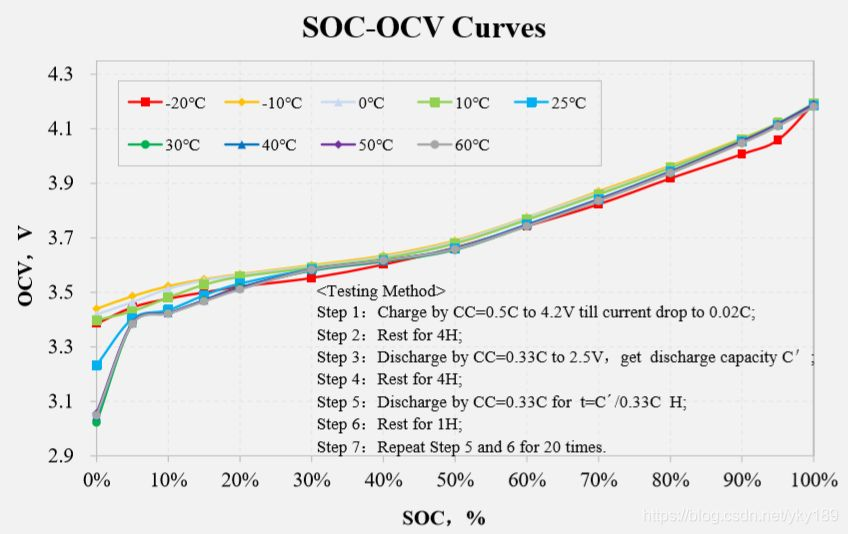
SES Power's research found that the distribution of capacity differences between battery cells is close to the Weir distribution, while the dispersion of internal resistance is more significant than capacity. The internal resistance of the same batch of batteries generally satisfies the law of normal distribution, and the self-discharge rate also presents an approximate normal distribution.
SOC represents the state of charge of the battery pack and is the ratio of the remaining capacity of the battery to the rated capacity. Due to the inconsistency of each cell, the respective capacity decay rates are different, resulting in differences in the maximum usable capacity of the cells. This results in a large drift in the SOC of the entire battery pack.
B.3 Causes of Inconsistency
There are many reasons for the inconsistency problem of lithium-ion batteries, mainly in the manufacturing process and the use process. For example, the uniformity of the slurry during batching, the control of surface density and surface tension during coating, etc., will cause differences in the performance of single cells.
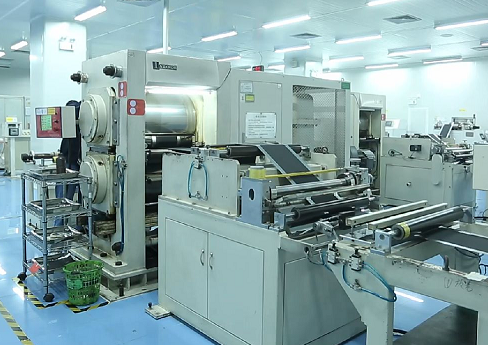
(Lithium battery coating process)
During the use of the battery, differences in connection methods and structural components, operating conditions and environments will affect the consistency of the battery pack. Because the impedance consumed by each connection point is inconsistent, the performance and aging rate of each component or structure are also inconsistent, so the impact on the battery is also inconsistent.
In addition, due to the different positions of each single cell in the battery, the respective temperatures will also be different. The engineers of SES Power gave the simplest example. In a pile of hot sand, the temperature of the sand near the outside is lower, and the sand in the center must be the hottest. This temperature difference will naturally lead to different degrees of performance attenuation of the cells, which will naturally amplify the inconsistencies of the cells.
C. Methods to improve battery consistency
C.1 Control of the production process
The control of the production process is mainly carried out from two aspects: raw materials and production process.
In terms of raw materials, try to select the same batch of raw materials to ensure the consistency of raw material particle size and performance. The easiest way is to use quality raw material suppliers, although cost is an important consideration.
In the production process, the entire production process should be strictly controlled, such as ensuring that the slurry is evenly stirred and not placed for a long time, controlling the speed of the coating machine to ensure the thickness and uniformity of the coating, appearance inspection of the pole piece, weighing and grading , Control the injection volume and chemical composition, volume distribution, storage conditions, etc.
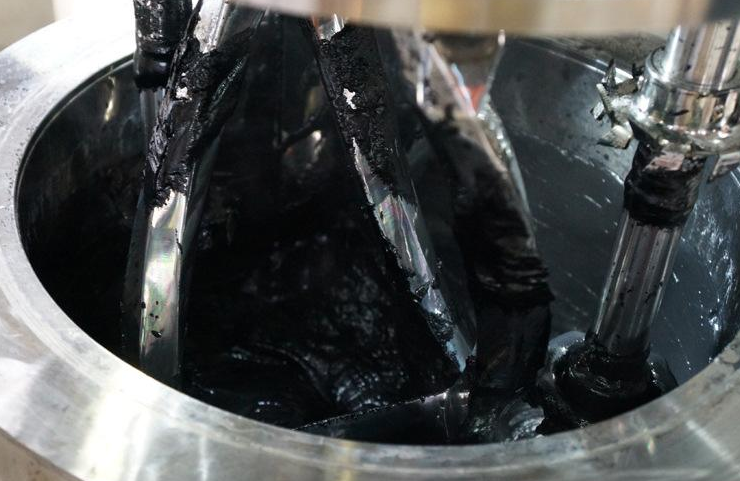
(stirring of lithium battery slurry)
C.2 Control of the matching process
The control of the matching process mainly refers to the sorting of batteries.
The battery pack adopts batteries of uniform specifications and models, and the voltage, capacity, internal resistance, etc. of the battery should be measured to ensure the consistency of the initial performance of the battery.
SES Power found that when the battery pack is assembled, the voltage difference of the single cell is an important factor affecting the consistency of each single cell at the end of the charge and discharge of the battery pack, and the internal resistance difference of the single cell causes the battery pack during the charge and discharge process. There is a big difference in the voltage platform of each single cell.
Through the research on the inconsistency of the single cells in the lithium-ion series-parallel combined battery, we found that the DC resistance of the cells has a great influence on the battery pack. pay attention.
The discharge rate will also have an impact on the consistency of the battery pack. In fact, this is a direct manifestation of the DC impedance of the cell. We found that the inconsistency of the cell is amplified as the discharge rate increases.
C.3 Control of the use and maintenance process
The full name of PCM is XXXXXX, which only provides hardware protection for lithium-ion battery packs, and cannot perform real-time monitoring and communication. The full name of BMS is XXXXXXXX. In addition to all the functions of PCM, it also monitors the voltage, current and temperature of the battery in real time, and communicates with customers through CAN, RS485, Smbus, Bluetooth and other communication protocols.
Using BMS to monitor the battery in real time, the consistency problem during use can be observed. When the consistency is poor, the monitoring circuit will cut off the charging and discharging circuit, and thus the performance will be degraded. So we have to find a balance between the two. The extreme parameter batteries can be adjusted or replaced in time through real-time monitoring to ensure that the inconsistency of the battery pack will not expand over time.
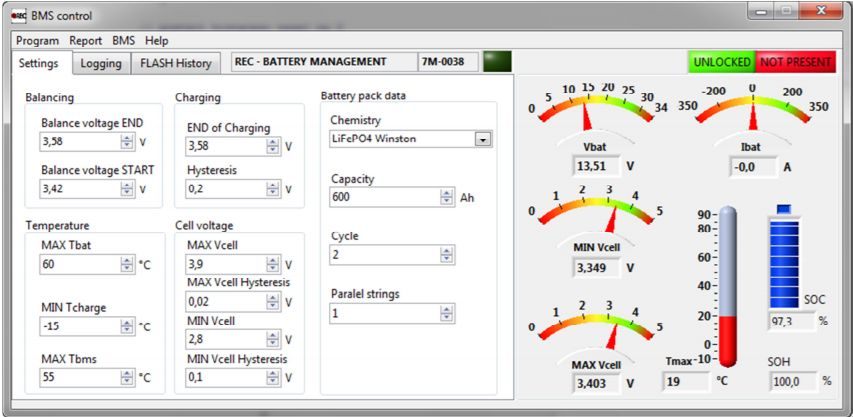
SES Power believes that it is a wise choice to introduce a balanced management system based on the real-time monitoring of BMS.
At present, common equalization strategies include external voltage-based equalization mode, SOC-based equalization mode, and capacity-based equalization mode.
The equalization circuit can be divided into passive equalization and active equalization according to the energy consumption mode. Among them, active balancing can achieve lossless energy flow between batteries, which is a hot research topic. Commonly used methods in active equalization include battery bypass method, switched capacitor method, switched inductor method, and DC/DC conversion method.
The thermal management of the battery is also a very important part. In addition to trying to keep the operating temperature of the battery pack within the optimal range, it is also necessary to try to ensure that the temperature conditions between the batteries are consistent, so as to effectively ensure the performance consistency between the batteries.
We should adopt a reasonable control strategy to minimize the depth of battery discharge when the output power allows. At the same time, overcharging of the battery is avoided, which can prolong the cycle life of the battery pack. Of course, we also need to strengthen the maintenance of the battery pack, such as charging the battery pack with a small current at certain intervals or keeping the battery pack and the surrounding environment clean.
D. Lithium-ion battery matching method
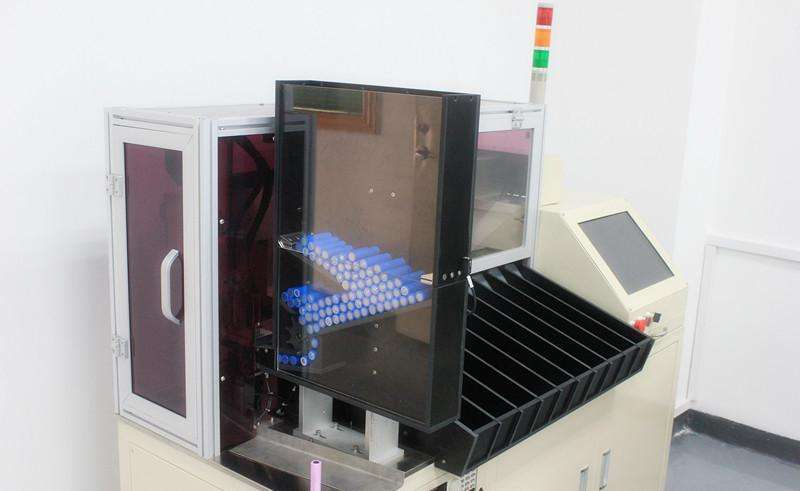
(Lithium battery automatic matching equipment)
D.1 Voltage matching method
The voltage matching method can be divided into static voltage matching method and dynamic voltage matching method.
The static voltage matching method is also called the no-load matching method. When the cell is not loaded, only the static voltage of the cell itself is considered. The single cells that are screened need to stand for a certain number of days. This method is the easiest to operate, but has low accuracy.
The dynamic voltage matching method is to examine the voltage condition of the battery cell with load. This method actually takes into account the influence of the internal resistance of the battery, so the accuracy is relatively high.
In application scenarios such as EVs, golf carts, and high-rate UPS, high-quality lithium-ion battery manufacturers will combine these two methods.
D.2 Static Capacity Allocation Method
The cells are charged and discharged under the set conditions, and the capacity of the cells is obtained by calculating the discharge current and discharge time, and then the batteries are grouped according to the capacity classification standard.
This method is simple and easy to implement, but it can only reflect the same capacity of the battery under specific conditions, and cannot explain the complete working characteristics of the battery, and has certain limitations.
D.3 Internal resistance matching method
Mainly considering the internal resistance of the single battery, this method can achieve rapid measurement, but because the internal resistance of the battery will change with the discharge process, it is difficult to accurately measure the internal resistance.
For high-rate lithium battery packs that customers require, they generally measure the internal resistance of the cells under different capacity states, and then combine them according to multiple parameters.
D.4 Multi-parameter matching method
At the same time, considering multiple external conditions such as capacity, internal resistance, voltage, and self-discharge rate, the battery can be comprehensively evaluated, and the battery pack with better consistency can be sorted. However, the premise of this method is that the value of a single parameter test is accurate, and it takes too long.
This is also the most expensive method of matching.
D.5 Dynamic characteristic matching method
The dynamic characteristic matching method is to use the charge-discharge characteristic curve of the battery to sort the batteries for matching.
The charge-discharge curve can reflect most of the characteristics of the battery, and the dynamic characteristics matching method can ensure the consistency of various performance indicators of the battery.
There is a lot of data in the dynamic characteristic matching method, and it is usually realized by computer programs. In addition, this method reduces the utilization rate of the battery pack, which is not conducive to the reduction of the cost of the battery pack. Of course, the determination of standard curve or reference curve is also a difficult point in its implementation.
Summary: Lithium-ion batteries (LIBs) have become the main energy storage solutions in modern social life. Among them, lithium iron phosphate battery perfectly replaces lead-acid battery, and is the first choice for grid-connected peak regulation, off-grid energy storage, photovoltaic energy storage, UPS, data center and other industries.
SES Power believes that with the gradual development of the application of high-voltage, large-capacity lithium-ion battery systems, and the price of lithium-ion batteries has been declining in an orderly manner (although there have been signs of increase due to the impact of the epidemic in the past two years), there will be more and more in the future. More and more products will be applied to systems composed of dozens, hundreds or even thousands of lithium-ion cells. When there is a problem with one cell in such a huge lithium-ion battery pack, it may cause the performance of the entire expensive system to decline. even scrapped. Based on this problem, SES Power has conducted very in-depth research, whether it is from the selection of cells or the expansion of BMS functions, the purpose is to make the performance and life of the lithium-ion battery pack reach the best state. Articles can help you effectively.



















